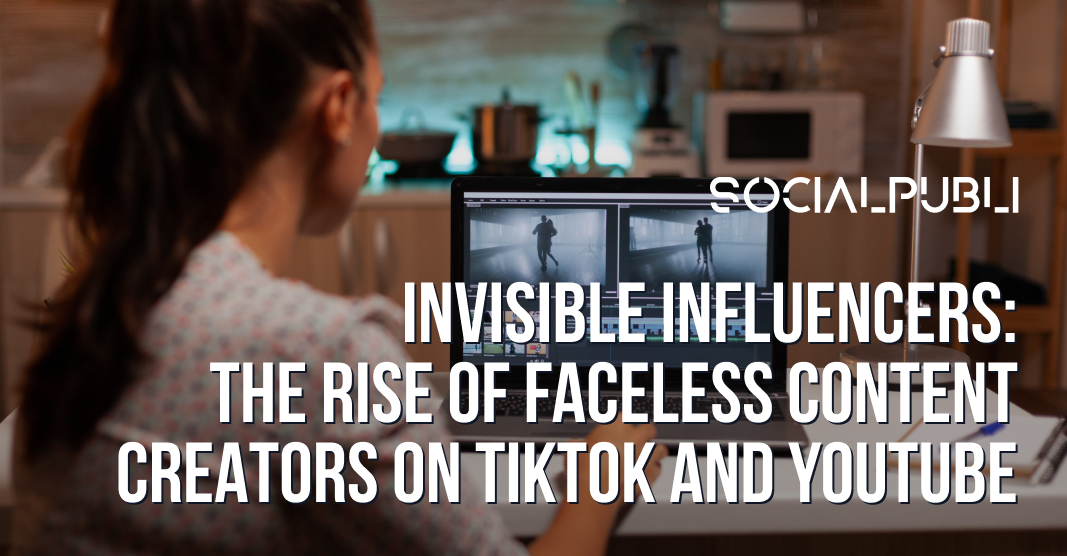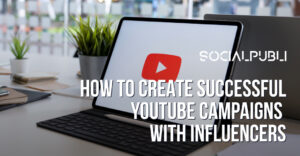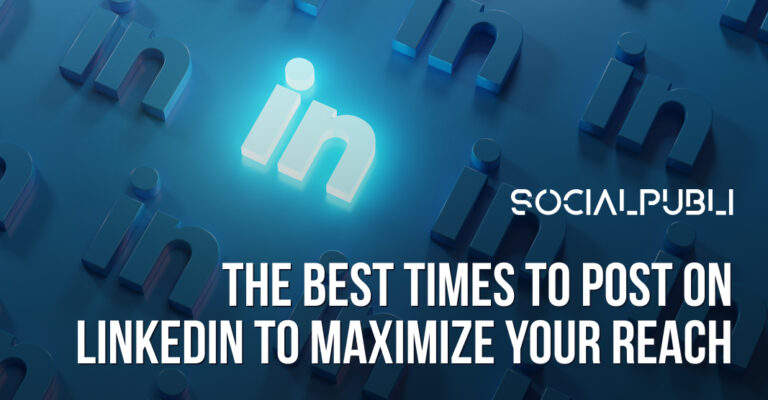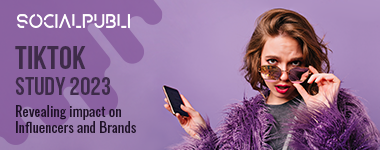Invisible influencers, often referred to as faceless content creators, are revolutionizing the landscape of social media platforms like TikTok and YouTube. These creators have managed to amass substantial followings without ever revealing their identities or appearing on camera. As we move into 2025, this trend is reshaping influencer marketing, emphasizing the importance of content and storytelling over personal visibility.
What Are Invisible or Faceless Influencers?
Invisible influencers create captivating content while meticulously avoiding on-camera appearances or any personal branding linked to their physical identities. This encompasses a range of formats, including AI-generated personas, voice-only narrations, meme accounts, and videos that focus on objects, hands, pets, or abstract visuals. Such creators prioritize delivering entertainment or value anonymously, managing to engage audiences effectively without ever showing their faces.
Why Are Faceless Influencers Rising?
Several reasons contribute to the surge of faceless influencers in the social media ecosystem:
-
Privacy and Anonymity: Many creators opt for anonymity to evade the scrutiny that conventional influencers often face. This form of content creation allows them to maintain the privacy of their lives while producing high-quality content.
-
Scalability and Efficiency: Faceless creators are not tied to a single on-camera person, allowing them to post more frequently, try different formats, and even establish teams for content production. This model is simpler to scale and can be marketed as a standalone brand.
-
Audience Preferences: There is a notable demand for content that feels authentic and relatable, steering away from the overly polished presentations typical of high-profile influencers. This trend resonates particularly well with younger demographics.
-
Safety in Reputation Management: Brands tend to favor faceless influencers because they mitigate risks associated with negative public behavior that could tarnish their campaigns.
Impact on Influencer Marketing
The rise of invisible influencers is causing a notable shift in influencer marketing strategies:
-
New Opportunities for Brands: Collaborating with faceless creators allows brands to access niche audiences with content that feels genuine, bypassing reliance on the star power of traditional influencers.
-
Content Focus Over Personality: The influence now lies more in the creator’s storytelling ability and niche expertise rather than their personal image. This transformation challenges long-standing assumptions regarding audience engagement.
-
Wide Platform Adoption: Faceless influencers are not exclusive to TikTok – they are also making a mark on YouTube, Instagram, and even Facebook groups, reaching vast audiences and accumulating billions of views.
Examples and Strategies
Ideas for faceless TikTok videos can include tutorials, product showcases, aesthetic montages, or pet clips where the creator stays unseen while still delivering engaging content. Despite remaining faceless, these influencers can monetize their channels through sponsorships and integrations, though their rates might differ from traditional influencers.
Viral success for faceless content is often driven by trends and sounds that captivate viewers, enabling brands to utilize these influencers in creating clips that encourage viral discussions.
Market Scope and Popularity
As of early 2025, TikTok hashtags like #faceless have garnered over 1.1 billion views, showcasing increasing engagement levels. Young aspiring influencers are becoming more inclined towards this creative path, balancing the desire for fame with the need for privacy.
In conclusion, the emergence of invisible or faceless content creators on platforms like TikTok and YouTube signifies a pivotal change in the influencer landscape. By succeeding anonymously, these creators emphasize the value of content quality, storytelling, and niche expertise, offering brands innovative methods to engage audiences authentically while respecting privacy concerns.
For more insights related to the evolving landscape of influencer marketing and strategic content creation, check out other entries on Socialpubli’s blog.












